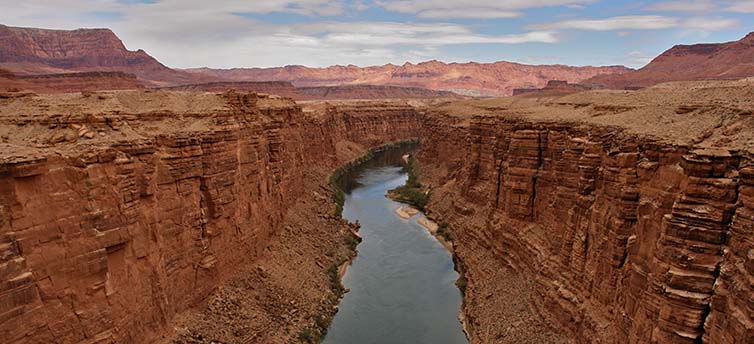Relations between the U.S. and Mexico may be at the lowest point in decades, but the two countries nevertheless managed to strike a nine-year conservation agreement in September regarding joint management of the Colorado River.
The agreement, an amendment to a 1944 transnational water treaty that dictates how the 2,250-kilometre-long river is managed, builds on a 2012 amendment that was set to expire at the end of 2017.
Negotiators representing the U.S. federal government and those of Arizona, California and Nevada agreed to spend $31.5 million (U.S.) on various water-conservation pilot projects south of the border, including lining irrigation canals and upgrading water pump systems. The goal is to generate at least 229,100 acre-feet of conservation in Mexico. The water savings would then be shared by users in both countries and by environmental initiatives, bolstered by a further $18 million from various charities and governments towards environmental preservation measures.
In return, Mexico will be permitted to store some of its water allocations in Lake Mead, in case of future drought conditions. The country also agreed to split the burden equally so both countries will be required to shoulder water cutbacks or surpluses in the years to come.
“The Colorado River basin drought continues to be a serious issue, and this agreement shows how the seven states, the country of Mexico and our federal government are taking proactive steps to collaboratively address the situation and reduce the potential for shortages,” the Southern Nevada Water Authority general manager, John Entsminger, said in a statement endorsing the deal.
Another aspect of the agreement empowers the International Boundary and Water Commission to begin exploring ways to reduce salinity levels in the Colorado River. The most likely scenario is some form of desalination plant being constructed on the Mexican side of the border, although any proposal is likely to be controversial due to its environmental impacts and high cost.
The Colorado River is one of the most important rivers in the Western U.S. and Northern Mexico, supplying water to over 40 million households, 16,300 square kilometres of farmland and numerous hydroelectric dams on the American side alone.
But it is under increased stress from overuse, pollution, environmental degradation and drought conditions exacerbated by a warming climate. Environmental group American Rivers estimates that climate change impacts will reduce the flow of water 10 to 30 per cent by 2030.







